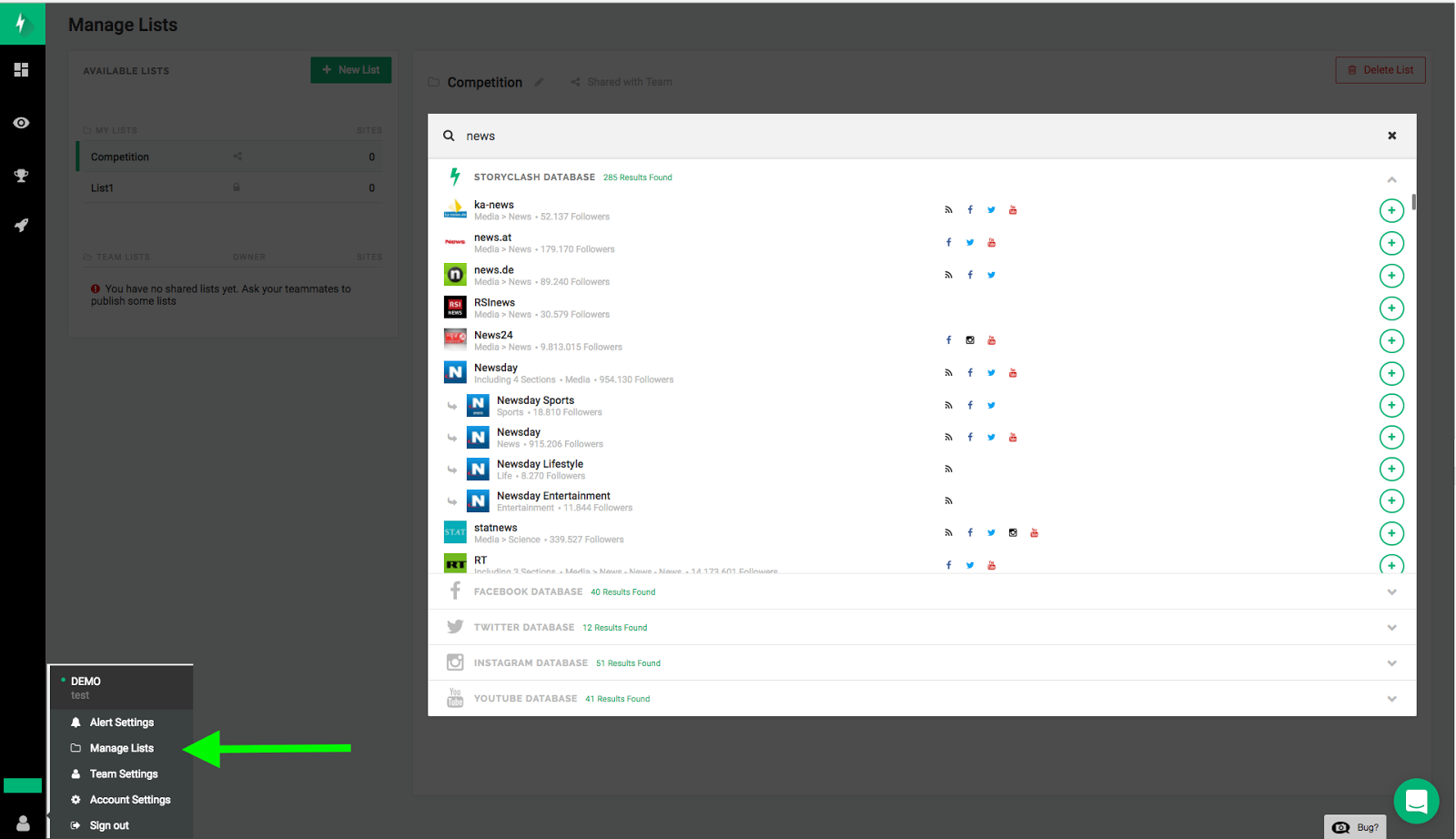

JProfiler supports integration with popular IDEs such as Eclipse, NetBeans, and IntelliJ. The screen below shows the live memory usage by all objects with instance counts: We can also decide if this allocation tree should be for a particular class or package or all classes.

In the case of the allocation call tree, we can choose to view the call tree of live objects, garbage-collected objects, or both.
#Jprofiler analyze package classes full#
We can view memory usage for object declarations and instances or for the full call tree. Live Memory is one feature of JProfiler that allows us to see current memory usage by our application. If we are keen on learning about the call tree of interactions with our database and see connections that may be leaked, JProfiler nicely handles this. The below screenshot shows the JDBC probing interface with a list of current connections: It provides specific support for profiling JDBC, JPA/Hibernate, MongoDB, Casandra, and HBase databases. JProfiler also provides advanced profiling for both SQL and NoSQL databases.
#Jprofiler analyze package classes install#
This means that it's possible to profile Java applications running on remote machines without having to install anything on them. Like most profilers, we can use this tool for both local and remote applications. JProfiler overview interface with features Here's what the JProfiler's interface looks like:

With this information, we can easily know what we need to optimize, eliminate, or change – in the underlying system. With an intuitive UI, JProfiler provides interfaces for viewing system performance, memory usage, potential memory leaks, and thread profiling. JProfiler is a top choice for many developers. In this article, we'll be discussing the main Java Profilers: JProfiler, YourKit, Java VisualVM, and the Netbeans Profiler. These code constructs and operations include object creation, iterative executions (including recursive calls), method executions, thread executions, and garbage collections. We can use profilers for this.Ī Java Profiler is a tool that monitors Java bytecode constructs and operations at the JVM level. We might want to know what goes on internally such as how memory is allocated, consequences of using one coding approach over another, implications of concurrent executions, areas to improve performance, etc. Sometimes writing code that just runs is not enough. If you have a few years of experience in the Java ecosystem, and you're interested in sharing that experience with the community (and getting paid for your work of course), have a look at the "Write for Us" page.


 0 kommentar(er)
0 kommentar(er)
